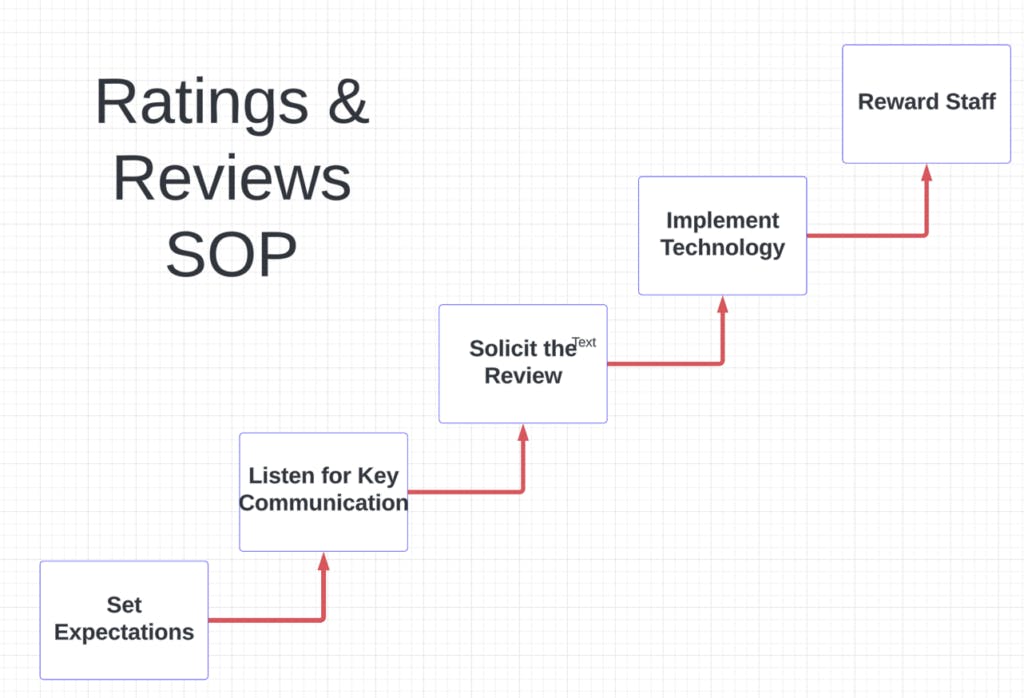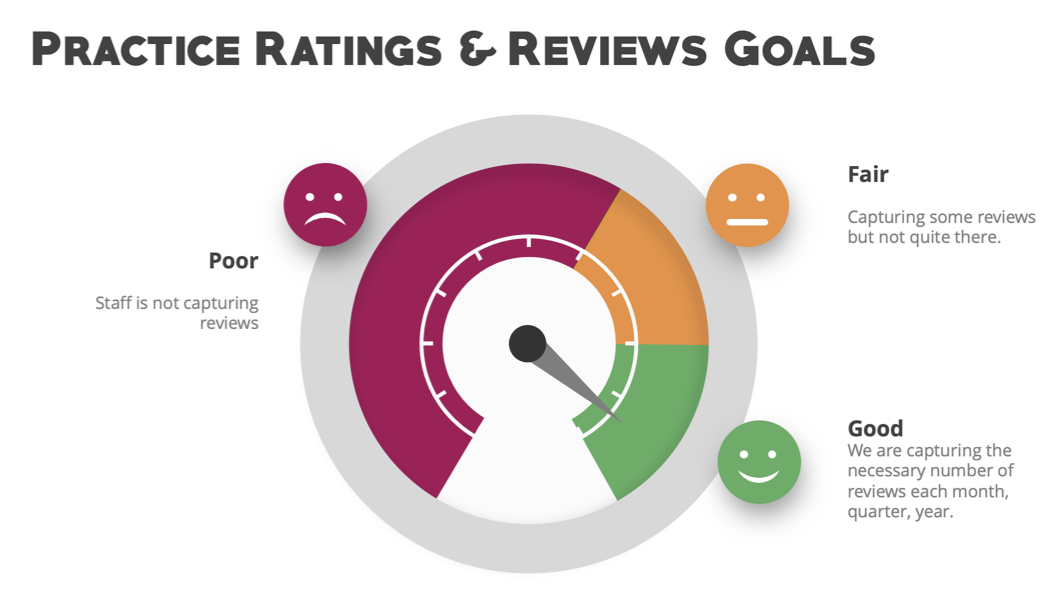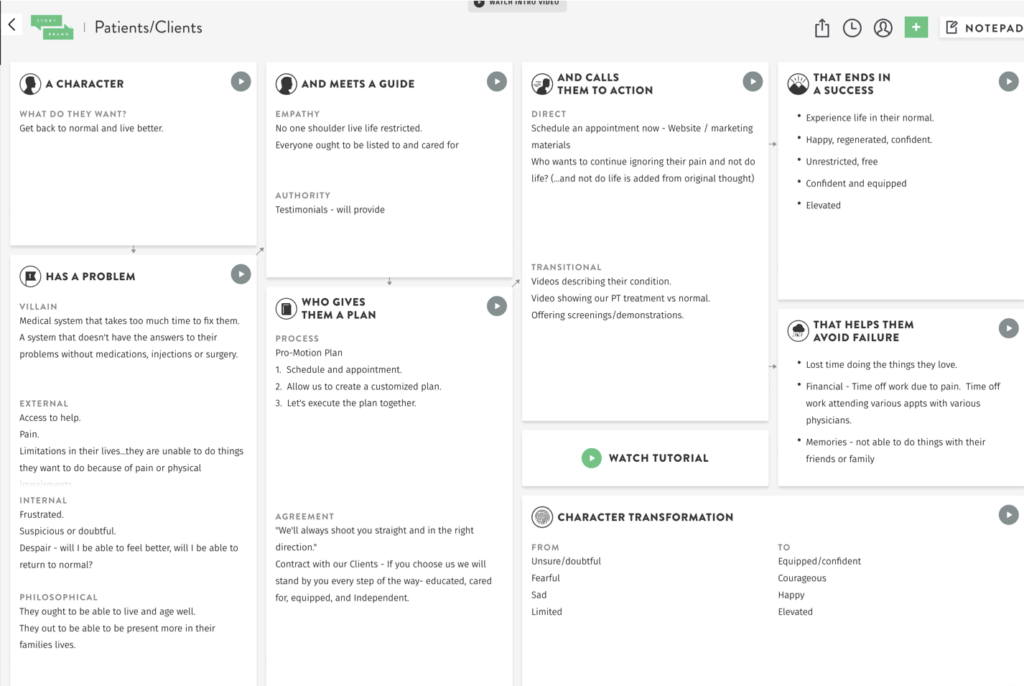In today’s fast-paced digital landscape, having effective marketing strategies is essential for the success of your practice. To ensure consistency and efficiency in your marketing efforts, it is crucial to implement standardized operating procedures (SOPs).
In this blog post, we will explore the importance of SOPs and delve into five essential SOPs for your physical therapy private practice’s online marketing success.
What is an SOP and Why is it Important?
Standard Operating Procedures (SOPs) are documented guidelines that outline step-by-step instructions for various processes within your practice.
SOPs ensure consistency, streamline operations, and facilitate training for your team members.
By creating SOPs, you establish a framework for successful marketing campaigns, minimize errors, and maximize your practice’s potential.
Now, let’s dive into the five SOPs for your physical therapy private practice’s online marketing success:
1. Building an Email List SOP (E-rehab offers 2 ways to do this):

Building an email list is the cornerstone of effective communication and patient engagement. Implementing an SOP for collecting or importing email addresses into a marketing system will allow you accomplish a number of key marketing objectives like:
- Building a targeted list,
- Communicate with past patients,
- Share information about the practice
- Educate patients about current services, and
- Stay connected with them in the future.
Ensure your SOP includes clear instructions for logging into secure accounts, processes for collection of email addresses, and segmentation to match the message with where patients are in the buyer’s journey.
E-rehab offers this functionality and it requires no more than 8-seconds per patient. So, make sure you are using email marketing and have an SOP to implement this strategy.
2. Asking Patients for Ratings and Reviews:

97% of consumers read ratings and reviews and they read your reviews too. Patient testimonials and reviews are powerful marketing tools that establish trust and authority for your practice.
An SOP for requesting patient ratings and reviews is essential. This SOP should guide your team on how to set expectations that you are going to ask patients for a review, the appropriate timing for requests, provide them with clear instructions on where and how to leave reviews, and how to use technology to connect your patient with a review site like Google or your website.
By incorporating ratings and reviews into your marketing strategy, you can enhance your online reputation, boost search engine optimization (SEO), make your practice look more attractive for potential new hires (after all, who wants to work at a clinic with no reputation), and leverage social media to attract new patients.
3. Establishing Review Goals and Incentives:

One way to ensure success of your reputation marketing program is to have the right SOP to make sure you are capturing reviews over a long period of time.
Here’s what this SOP should include:
- First, create monthly, quarterly, and annual ratings & reviews goals. This crucial for tracking and measuring the success of your practice’s online reputation management.
- Aim for at least half of your patients to be able to write a Google review.
- To encourage your staff to follow the SOP, incentivize them by offering a $10-$20 bonus for each review they generate.
- Celebrate each employee’s success at company meetings to reinforce the importance of reviews and foster a positive culture of engagement and excellence.
4. All of Your Staff Need to Know – Who You Serve, What You Do, How & Why You Do It

You need an SOP for informing and testing everyone in your company about who you serve, how and why you do it, and what your ideal target market is. From here, you can create messaging – an elevator pitch/one-liner/or talking logo.
Define your unique value proposition, articulate your core values, and what messaging you’ll be using to position your practice in your community and deliver it through your website, social media, and patient communication materials.
Where should you start? Follow Donald Miller’s concept of a Brandscript, as outlined in his book “Building a StoryBrand”, to craft a captivating practice mission.
By effectively sharing your mission, you establish an emotional connection with patients and differentiate your practice in a crowded marketplace.
5. Monitoring Key Performance Indicators (KPIs):

To gauge the effectiveness of your online marketing efforts, it is crucial to regularly monitor KPIs and metrics. Schedule monthly meetings with your digital marketing agency to review these metrics and discuss strategies for improvement.
Key metrics to monitor include website traffic, email open rates, the number of appointment requests from digital directories, and the effectiveness of Google and Facebook Ads.
By analyzing these metrics, you can identify areas for optimization, measure the success of your campaigns, and make data-driven decisions to maximize your marketing ROI.
Wrapping It All Up
Implementing standardized operating procedures (SOPs) for your physical therapy private practice’s online marketing is a fundamental step towards achieving long-term success. By following the five SOPs discussed in this blog post, you can build a targeted email list, establish trust through patient ratings and reviews, set review goals, craft a compelling practice mission, and monitor crucial metrics.

